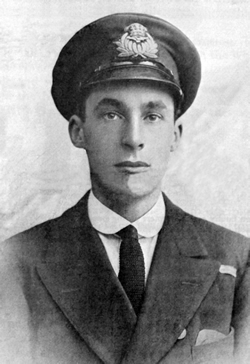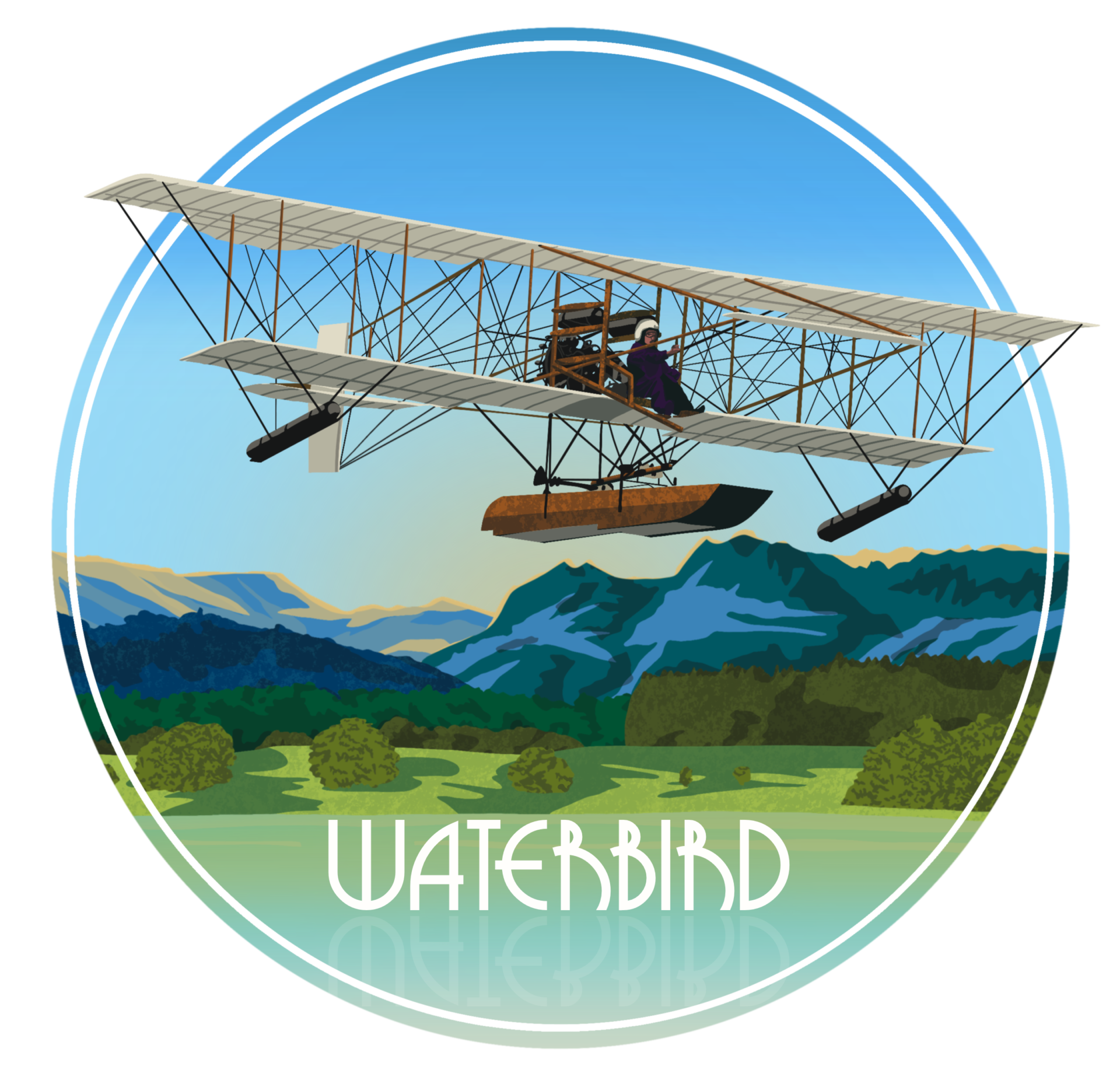Flight Lieutenant Thomas Cooper Pattinson, DFC (1890 – 1971)

Cooper Pattinson, from Windermere, was awarded the Distinguished Flying Cross in 1918 whilst captain of a flying boat and in 1943 flew a water glider from the lake.
Pattinson joined the Royal Naval Air Service on 13 August 1916 and served as a flying boat pilot. He was based at Felixstowe and Killingholme, Lincolnshire where he was commanding officer. He designed a flying boat which was ‘an advance on existing types’. He flew no fewer than 38 types of aeroplane. He was promoted Captain, becoming a Flight Lieutenant following formation of the Royal Air Force and transferred to the unemployed list on 18 September 1919.
On 1 May 1918, he was Mentioned in Despatches.
On 10 May 1918, he was first pilot of S. E. Saunders Ltd F.2A Felixstowe flying boat No. 4291 known as ‘Black Bess’ [pilots were allowed to use colours as they desired] which shot down a Zeppelin over Heligoland Bight. For this act, now with the Royal Air Force, he was awarded the Distinguished Flying Cross, being amongst the first list of recipients in the London Gazette following its establishment. On turning for home, he discovered that the port engine’s oil feed pipe had broken. He alighted in a full gale, something previously believed to be impossible with such an aeroplane, and the pipe was repaired by the engineer under the guns of destroyers approaching at high speed. The operation took 7 hours 30 minutes, and Killingholme was only just reached by using his own newly-developed method of flying at 10 feet above the sea.
On 16 May 1918, Pattinson made a flight lasting 9 hours 45 minutes, the longest for a flying boat during World War 1 at that time.
In the mid-1950s, to commemorate his great achievements, he was presented with a model of the flying boat by Saunders-Roe Ltd.
From 1941, Pattinson was a committee member of the Windermere Squadron of the Air Training Corps (‘ATC’).
On 11 September 1942, Pattinson accompanied John Lankester Parker on the first trial flight of the first Windermere-assembled Short Sunderland flying boat.
Water Glider
Pattinson modified an ATC Slingsby Falcon 1 glider. He designed a stepped hull. The family building company carried out the work to the hull and wingtip floats, before transporting the glider to Short’s Sunderland flying boat factory – note the glider in this photo at front centre of the hangar by the doors – at White Cross Bay, Windermere.
On 3 February 1943, the glider sped across the lake behind Chris-Craft speedboat ‘Moana’, to which a drum of cable had been mounted, driven by Lady Craven. Disaster was narrowly averted when the drag of the tow cable trailing in the water threatened to nosedive the glider, however the cable was released and it soared serenely, successfully landing on the lake.
Also, Flight Lieutenant Wavell Wakefield made a number of flights in the glider on 7 February.
Despite the success of the prototype, the opportunity never presented itself for another water glider to be built.
In 1973, on the 30th anniversary, the Post Office issued a special postmark cover.
The hull has survived, and a 2 feet wingspan model made.
– Pattinson’s name was put forward for the first attempt at an Atlantic air crossing, but withdrawn at the insistence of his father-in-law since he had already been exposed to so much danger.
